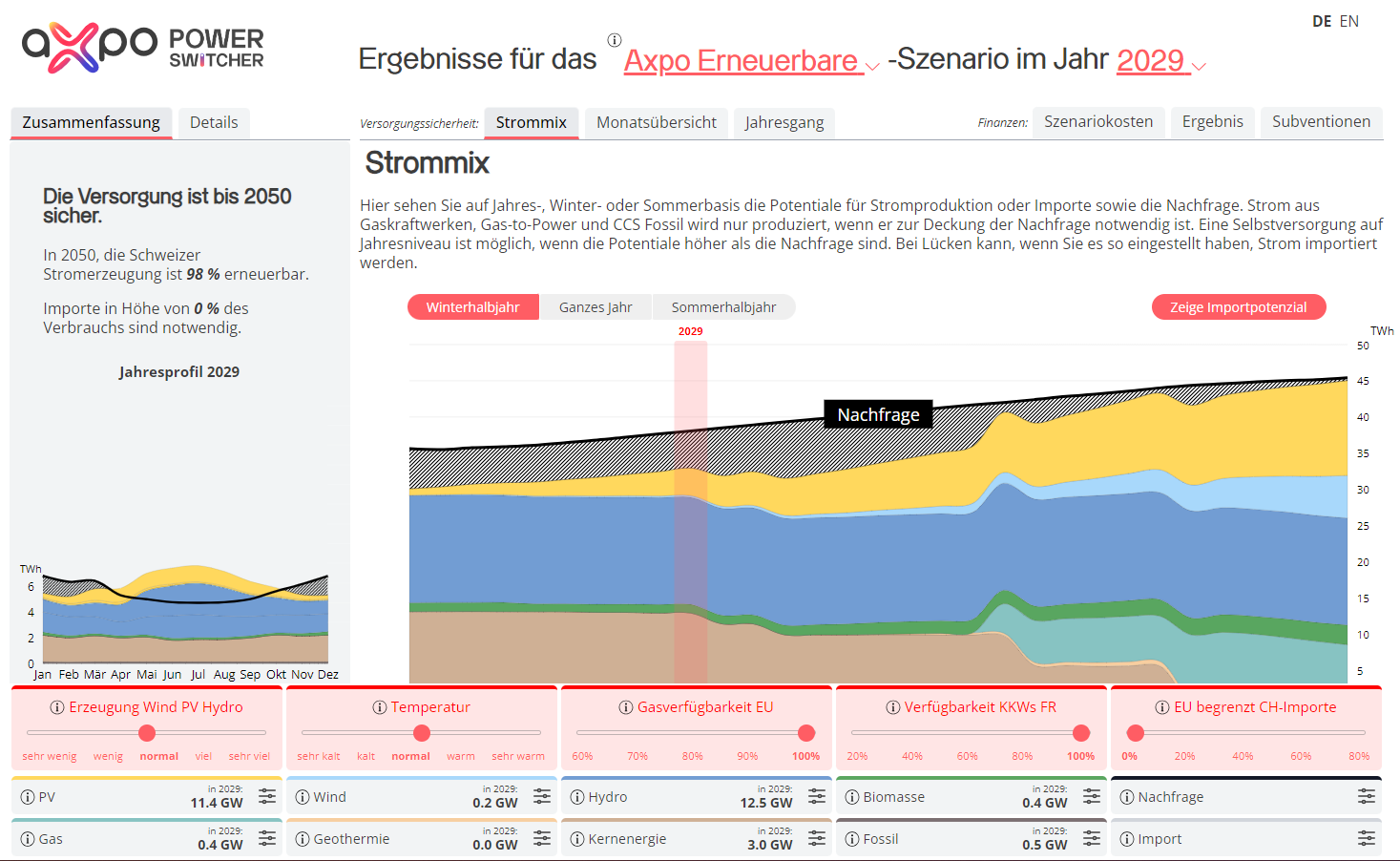01.10.2025 | Is climate still top of the agenda?
The Big Shift in energy policy
The EU’s energy triangle is a process of permanently balancing security of supply, liberalised energy markets and sustainability. During the legislative period 2019–2024, reaching climate neutrality by 2050 via the European Green Deal was clearly top of the agenda; the other two goals were relegated to the back seat. Dramatic geopolitical developments and the re-election of Donald Trump might have triggered a paradigm shift in global energy policy, which Brussels seems intent on ignoring.
For more than two decades, the EU has held up its “energy triangle” of security, affordability, and sustainability as the guiding framework. In practice, however, the three sides have rarely been in balance. The gas and subsequent electricity crisis following Russia’s invasion of Ukraine forced Brussels to put security of supply back on top, while consumers demanded relief from soaring prices. Sustainability is still central in rhetoric, but in day-to-day policymaking we now see a clear pivot: Europe is scrambling to secure molecules wherever it can, even if that means more LNG imports from the United States or extending the lifetime of coal fired reserve power plants. The balance is shifting, and the question is whether Brussels can acknowledge it openly or continue to cling to the idea that climate is the overriding priority.
Paradigm Shift: Donald J. Trump - reloaded
Donald Trump’s return to the White House has shaken global energy politics. His first term reshaped U.S. energy markets through deregulation, fossil-friendly policies, and an “America First” export strategy that turned LNG into a geopolitical tool. A second Trump administration doubles down on this playbook, openly skeptical of climate commitments and eager to monetize U.S. oil and gas dominance. On 29 September 2025 the US Secretary of Energy Chris Wright even announced 625 million US-$ in investment to relaunch the US coal industry. As part of the Turnberry trade deal on 27 July, the EU agreed to buy US energy products worth 750 billion US-$ over the course of the next three years. For Europe, this represents both opportunity and risk: abundant U.S. LNG helps replacing Russian volumes, but the transactional nature of Trump’s foreign policy leaves Europe vulnerable to sudden shifts. The paradigm shift is clear: energy once again becomes hard power, a bargaining chip in transatlantic relations rather than a shared climate project.
Geopolitical Shift
Beyond the U.S., the global map of energy is being redrawn. China has secured long-term LNG deals with Qatar and the U.S., locking in supplies at competitive terms while Europe remains exposed to volatility. Africa, once seen as a partner for Europe’s energy transition, is increasingly turning east and south or joining the BRICS. Meanwhile, the Middle East is both a vital supplier and a constant source of instability. The geopolitical centre of gravity in energy is shifting away from Europe, and Brussels is struggling to adapt. Instead of shaping markets through regulation, the EU now finds itself reacting to developments it cannot fully control.
Russia–Ukraine
Europe’s rapid reduction of Russian gas imports — from 40% of total supply in 2021 to around 13% in 2025 — has been an extraordinary achievement. Yet the story is not finished. Some flows continue via Turkey, and Russian LNG still reaches European ports. Technically, the EU’s goal of eliminating Russian gas by 2027 is feasible, but only with sustained demand reduction, new infrastructure, and long-term contracts with alternative suppliers. The respective EU legal proposal banning imports of Russian natural gas – by pipe and LNG - is currently being negotiated by EU policymakers. Economically the ban comes at a cost: U.S. and Qatari LNG are more expensive and more politically complex. The war has revealed Europe’s vulnerability, but also its capacity to adapt quickly when survival is at stake.
Iran–Israel
The flare-up between Iran and Israel has once again underlined how fragile global energy flows are. Oil and LNG prices respond less to actual shortages than to risk premiums: the threat of attacks on shipping lanes, pipelines, or LNG terminals is enough to move markets overnight. So far, disruptions have been limited, but a closure of the Strait of Hormuz would trigger a true global crisis. For Europe, the lesson is clear: even if direct imports from the region are modest, exposure to global price volatility is unavoidable. Risk management — through diversified contracts, flexible routing, stronger security of critical infrastructure and deeper and permanent market insight — becomes as important as the molecules themselves.
Chris Wright vs. Dan Jørgensen
Two very different visions of energy policy met on 11 September in Brussels to discuss EU-US energy relations: former shale gas entrepreneur and energy pundit turned Secretary for Energy Chris Wright and former Danish minister for Climate turned EU Energy Commissioner Dan Jørgensen. Wright argues that cheap, abundant hydrocarbons are the foundation of prosperity and will form the basis for U.S. strategic energy dominance. Jørgensen insists that the European Union must lead on climate, but seems to refrain from the difficult topics of higher costs and painful adjustments following from it. This transatlantic clash of philosophies mirrors the debate in many European boardrooms: should competitiveness be sacrificed for climate leadership, or should climate goals bend to economic realities? The contrast illustrates the widening gap between the U.S. and EU approaches — and the difficulty of finding common ground.
Mario Draghi 2.0
Mario Draghi’s report on European competitiveness highlights energy as a critical weakness, yet it glosses over the complex reality of the EU’s electricity market design and wholesale energy trading. Policymakers often view power prices as a political variable to be capped or subsidized, ignoring how markets function in practice. The Spanish blackout of 2025 exposed just how fragile grids can be without sufficient stability measures. Draghi is right that high energy costs undermine Europe’s industry, but the answer are neither EU nor national market interventions. Instead, the EU should stick to one of its main success stories: the EU’s internal electricity market based on cross-border trading and marginal pricing.
The first victim: EU 2040 GHG-reduction target
Against the economic backdrop, the European Commission’s ambitious 2040 target – 90% less greenhouse gas emissions by 2040 does not look like a homerun. Also the European Commission introduced the possibility to use up to 3% of international carbon credits, the political appetite for even tougher climate measures is waning. The corresponding EU legislative process shows great division between lawmakers both in the European Parliament and the Council; EU heads of state will meet on 23 & 24 October to discuss the way forward. The risk is that climate ambition becomes the first casualty of the new geopolitical situation. Targets may remain on paper, but implementation might stall. The question for Brussels is whether it can recalibrate its approach, integrating security and competitiveness into climate policy, or whether it clings to symbolic goals while losing industrial ground.
Conclusion
Europe’s energy debate is entering a new phase. For years, climate dominated the agenda; today, security of supply and competitiveness are back at the forefront. The EU Energy Triangle was always about balance and Brussels will be forced to recalibrate its approach. Trump’s return, shifting geopolitics, wars in Ukraine and the Middle East, and the painful lessons of blackouts all underline one truth: energy is hard power. Europe can no longer afford to ignore it. The question is whether Brussels adapts — by integrating security and competitiveness into a pragmatic climate strategy — or whether it risks losing both industrial ground and political credibility in the pursuit of targets set under very different assumptions.
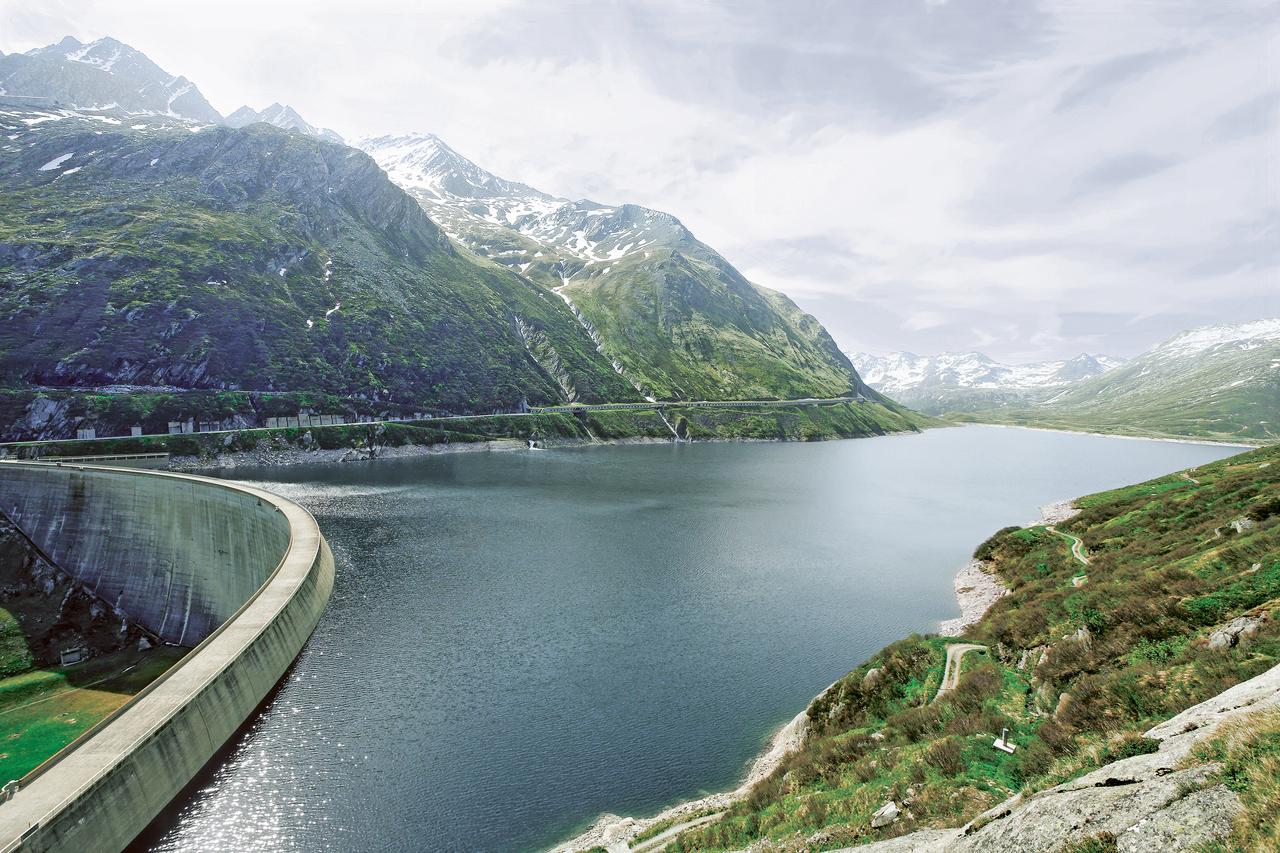
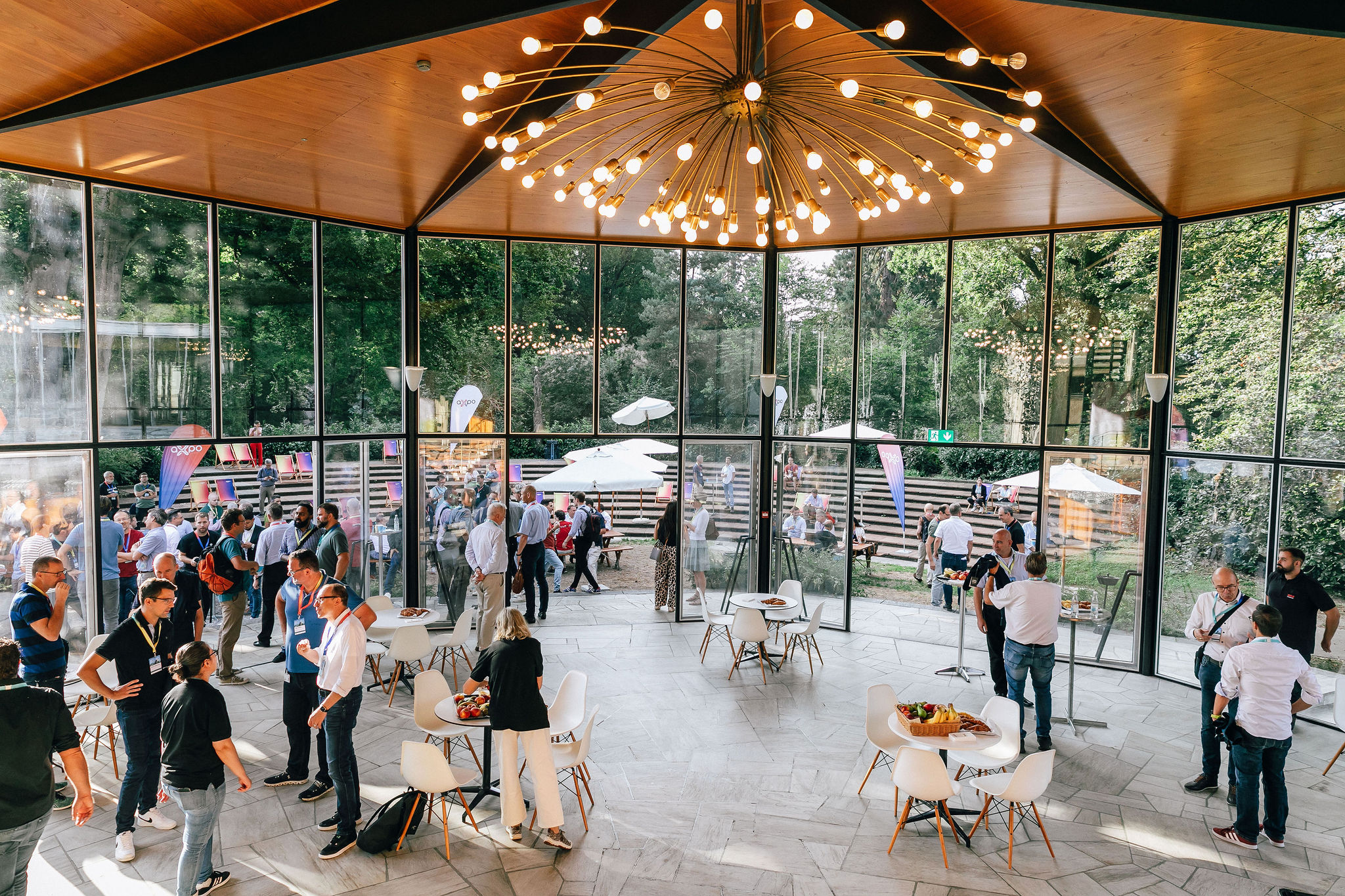
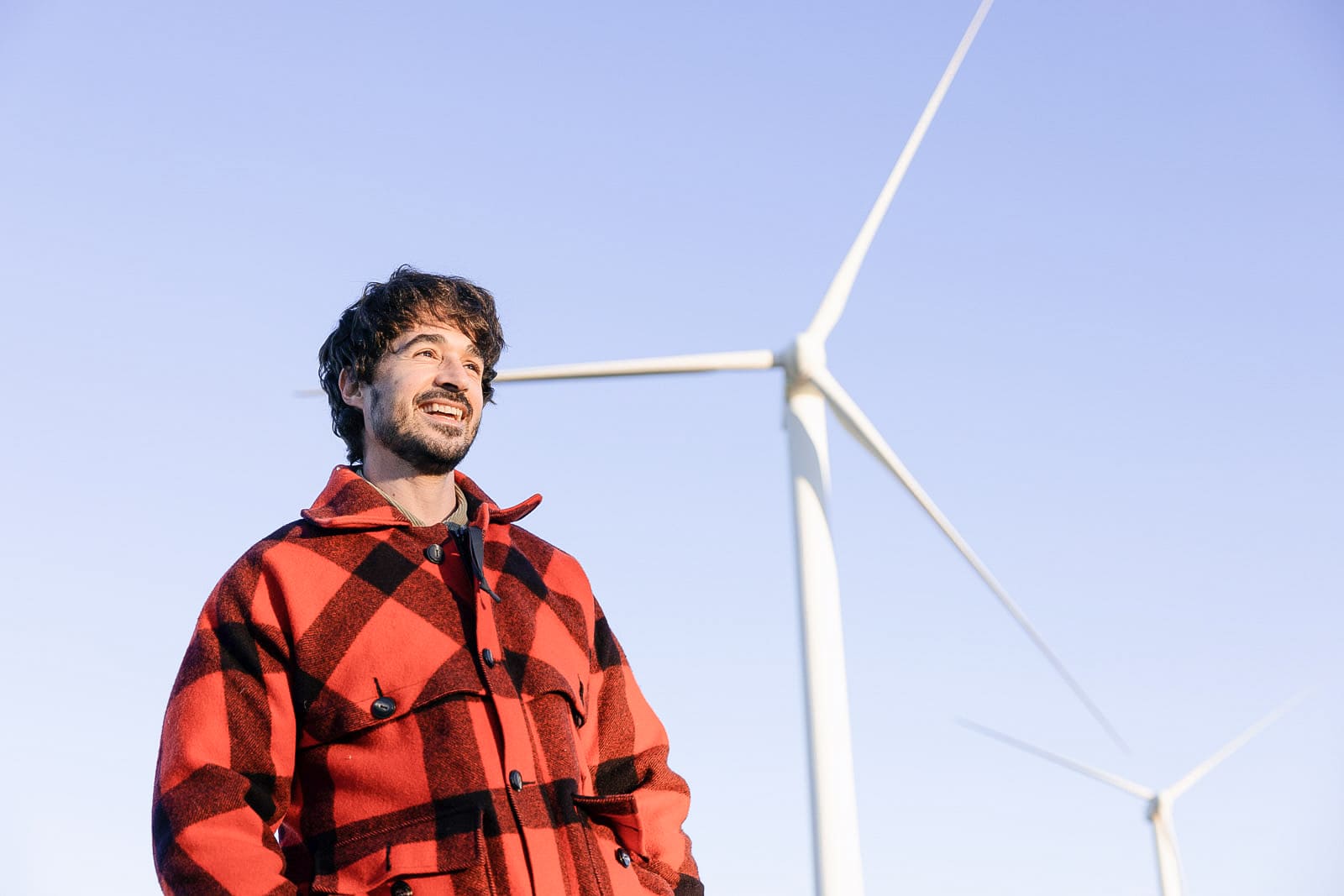
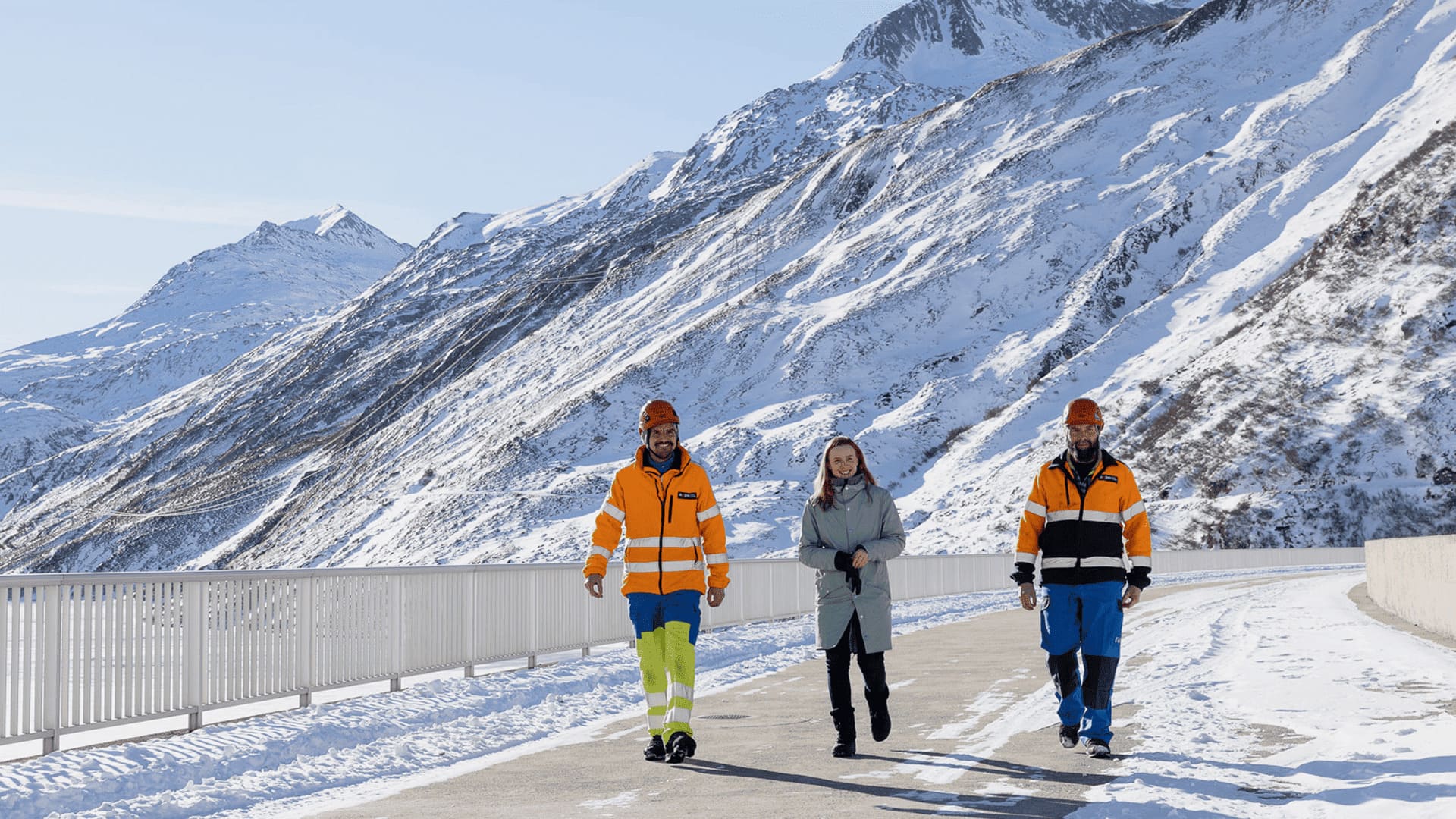
.jpg)

